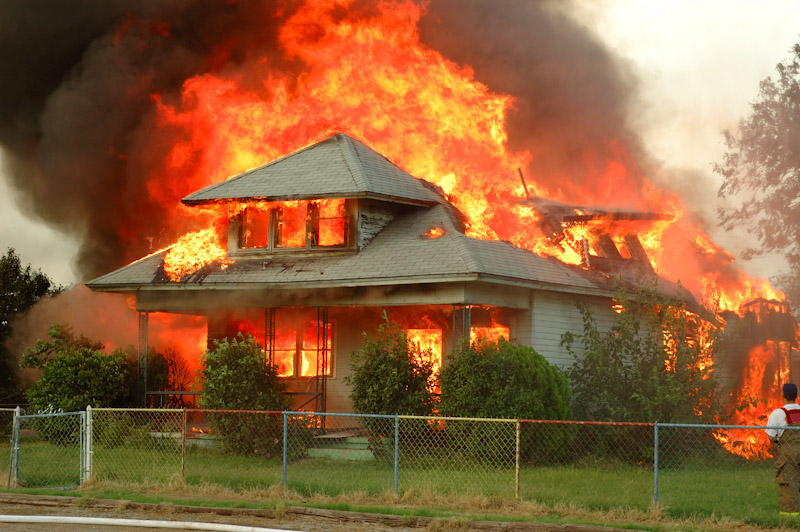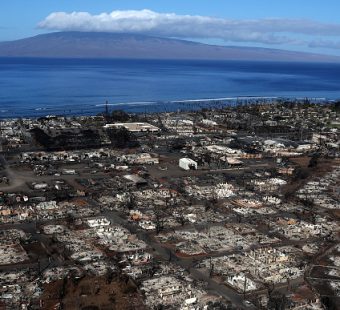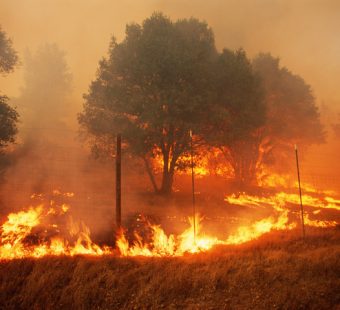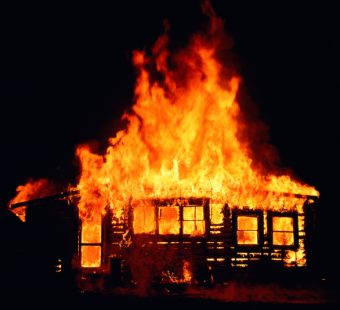
From the Home to the Community: How IoT and AI can Address Multiple Levels of Risk
Jeff Dunsavage, Senior Research Analyst, Triple-I (11/28/2023)
Media coverage of machine learning and artificial intelligence tends to focus on the extremes, from dazzling to terrifying. It’s either happy families zooming around fully automated cities in self-driving cars or robots rendering humans redundant in every sphere of activity, from manufacturing to writing poetry.
The realities, of course, are more nuanced, and many of the benefits of the technology – while profound – will play out in ways that are practically invisible to most of its beneficiaries.
Triple-I CEO Sean Kevelighan recently spoke with Whisker Labs CEO and co-founder Bob Marshall about Ting – a device Whisker Labs developed that monitors a home’s electrical system and warns the owner about problems that could lead to a fire. Ting works simply, requiring the customer only to plug the device into an outlet and connect it to Wi-Fi.
While Ting can’t prevent 100 percent of fires, the data Whisker Labs collects for its own analytics and that it shares with its insurance partners documents that the Internet of Things (IoT) device has identified and mitigated more than 3,000 fire hazards and can prevent 75-80 percent of electrical fires.
Such prevention means a significant reduction in costly claims – and, more importantly, keeps homes and families safe. Ting can also identify broader grid problems impacting communities, potentially helping to prevent events that contribute to wildfire ignitions as in this year’s devastating fire in Maui.
“A single Ting sensor monitors the ‘electrical grid’ of your home,” Marshall said. “But then the whole network of Ting sensors, in turn, monitors the electric utility grid. There’s an opportunity here to leverage IoT data, artificial intelligence, and machine learning to predict and prevent” damage across communities, not just in individual homes.
Climate risk and grid resilience, Marshall said, are inextricably linked. For modern society to continue to operate, the grid has to be able to stand up to current weather conditions and risks, as well as whatever changes the future throws at us.
“If you don’t have data to monitor the grid and help you understand what’s going on,” he said, “then catastrophic things can happen like we’ve seen recently. The utilities today don’t have the kinds of data and sensors to understand what’s happening with the grid, and they need to.”
Bob Marshall will be participating in a panel discussion on innovation at Triple-I’s Town Hall, “Attacking the Risk Crisis,” on Nov. 30 in Washington, D.C.



